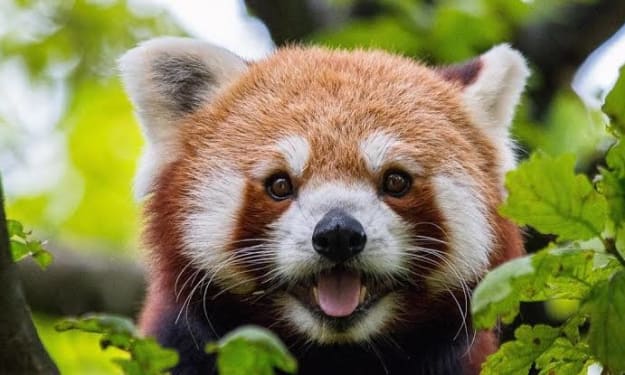The Emotional Lives of Animals: Exploring Their Capacity for Joy, Grief, and Empathy
Uncovering the Hidden World of Animal Emotions: A Journey into the Hearts and Minds of Non-Human Beings

For centuries, humans have believed that emotions are a unique aspect of the human experience. However, recent research has revealed that animals are indeed capable of experiencing a wide range of emotions, from joy and playfulness to grief and empathy. In this article, we'll delve into the emotional lives of animals, exploring their capacity for emotional experience and the implications this has for our relationship with the natural world.
One of the most compelling examples of animal emotions is the joy and playfulness exhibited by dolphins. These marine mammals have been observed playing with seaweed, bubbles, and even other animals, displaying a clear sense of delight and enthusiasm. Similarly, dogs are renowned for their ability to experience joy, often displaying exuberant behavior when reunited with their owners or engaging in playful activities.
However, animal emotions are not limited to positive experiences. Many species, including elephants, chimpanzees, and even birds, have been observed displaying behaviors indicative of grief and mourning. For example, when an elephant loses a loved one, it will often display signs of depression and melancholy, including changes in appetite and social behavior.
Empathy is another emotion that animals are capable of experiencing. Many species, including primates, dolphins, and even rodents, have been observed displaying empathetic behavior towards others. For example, when a chimpanzee observes a fellow group member being attacked, it will often rush to their aid, displaying a clear sense of concern and compassion.
The implications of animal emotions are far-reaching and profound. By acknowledging that animals are capable of experiencing emotions, we are forced to reevaluate our relationship with the natural world. No longer can we view animals as mere objects or resources to be exploited, but rather as sentient beings worthy of respect, compassion, and empathy.
In conclusion, the emotional lives of animals are a fascinating and complex topic, one that challenges our assumptions about the natural world and our place within it. By exploring the capacity for joy, grief, and empathy in non-human beings, we gain a deeper appreciation for the interconnectedness of all living beings and the importance of treating animals with kindness, respect, and compassion.
About the Creator
AUGUSTINE MERCY DIBIO
Professional Animal behavior writer. ❤️
Learn more about your favorite animal/pet behavior here 📚
Come with your dictionary 🥴
Enjoyed the story? Support the Creator.
Subscribe for free to receive all their stories in your feed. You could also pledge your support or give them a one-off tip, letting them know you appreciate their work.






Comments
There are no comments for this story
Be the first to respond and start the conversation.